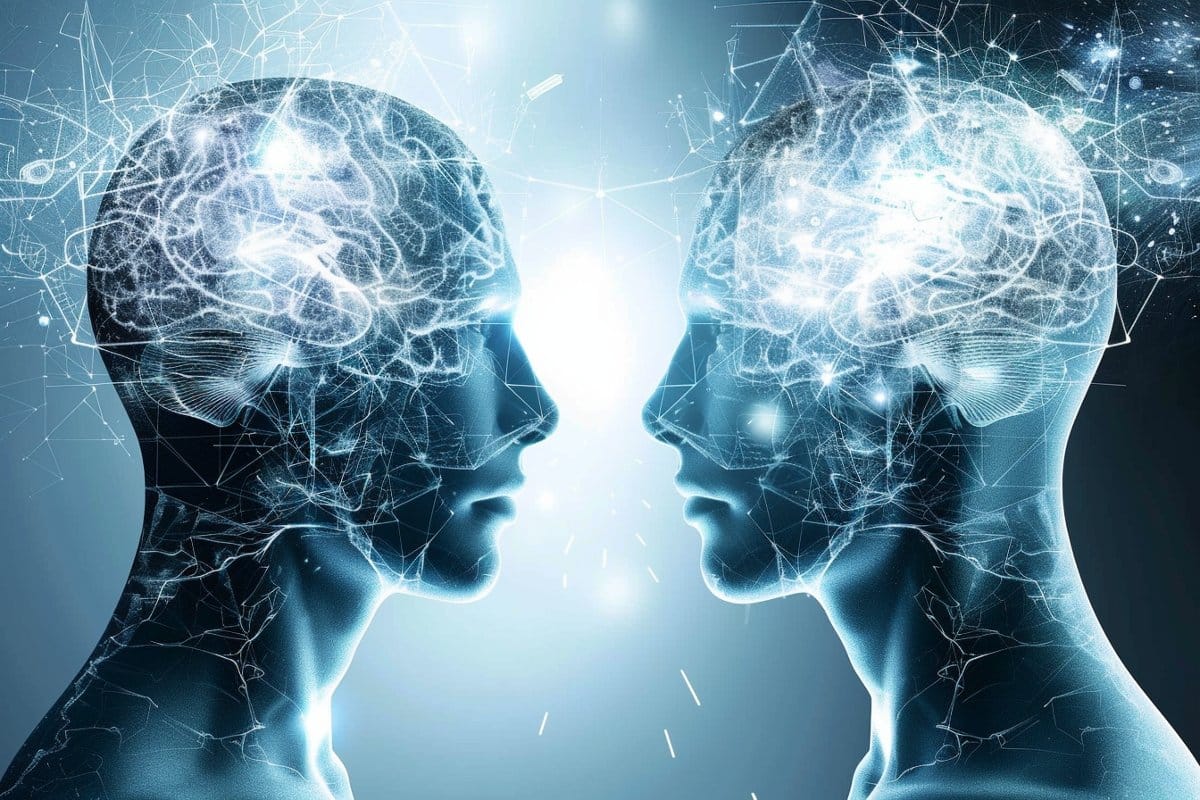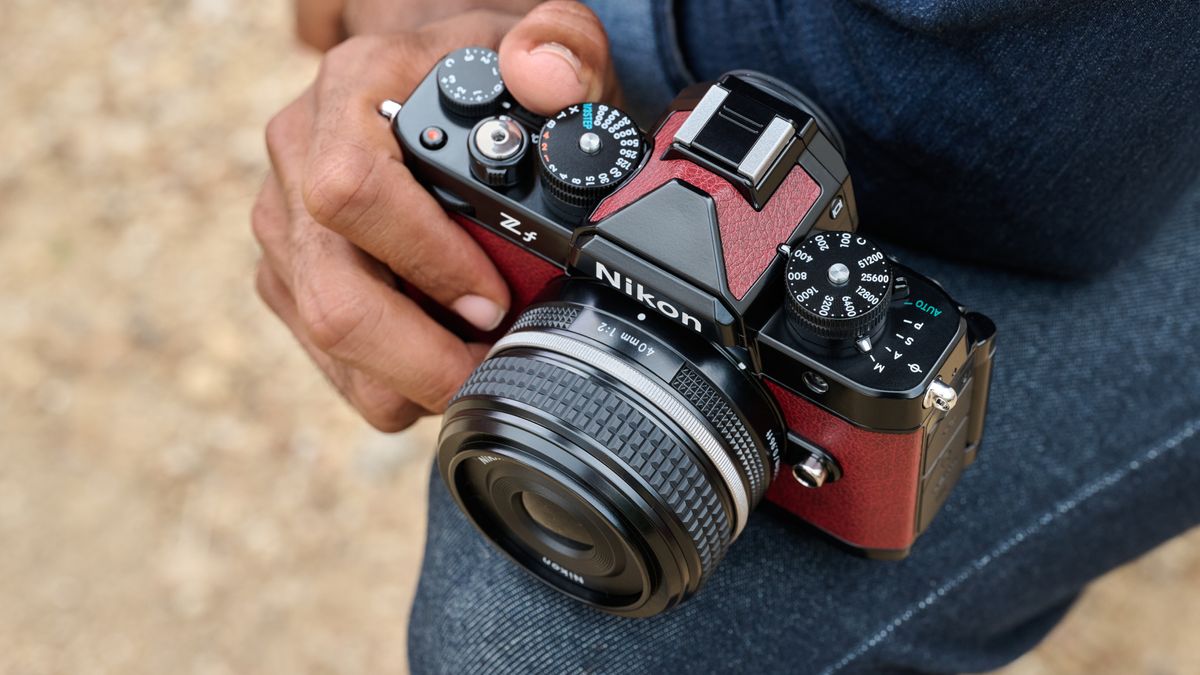Summary: A new study reveals how neurons communicate during decision-making, showing that choices activate neuron groups that suppress the neural pathways of other options. This research combines structural, functional, and behavioral analyses to explore the neural circuitry in decision-making, particularly focusing on the posterior parietal cortex’s role as an integrative hub.
The findings highlight that certain excitatory neurons fire based on the decision to turn in a specific direction, activating inhibitory neurons that dampen the activity of neurons associated with the opposite choice. This neural mechanism may help stabilize decisions and prevent second-guessing, offering insights into the brain’s complex decision-making process and potential applications for understanding mental disorders.
Key Facts:
- Neural Communication in Decision-Making: The study shows how groups of neurons involved in decision-making work to suppress the pathways of unchosen options, aiding in decision stabilization.
- Posterior Parietal Cortex as Decision Hub: Research focused on this brain area demonstrates its crucial role in integrating sensory information to support navigational decisions.
- Future Research Directions: The team plans to explore neuronal connections in decision-making across different brain regions, aiming to uncover more connectivity rules that underlie the brain’s decision-making computations.
Source: Harvard
Scientists have gained new insights into how neurons in the brain communicate during a decision, and how the connections between neurons may help reinforce a choice.
The study — conducted in mice and led by neuroscientists at Harvard Medical School — is the first to combine structural, functional, and behavioral analyses to explore how neuron-to-neuron connections support decision-making.
Findings appear Feb. 21 in Nature.
“How the brain is organized to help make decisions is a big, fundamental question, and the neural circuitry — how neurons are connected to one another — in brain areas that are important for decision-making isn’t well understood,” said Wei-Chung Allen Lee, associate professor of neurobiology in the Blavatnik Institute at HMS and professor of neurology at Boston Children’s Hospital. Lee is co-senior author on the paper with Christopher Harvey, professor of neurobiology at HMS, and Stefano Panzeri, professor at University Medical Center Hamburg-Eppendorf.
In the research, mice were tasked with choosing which way to go in a maze to find a reward. The researchers found that a mouse’s decision to go left or right activated sequential groups of neurons, culminating in the suppression of neurons linked to the opposite choice.
These specific connections between groups of neurons may help sculpt decisions by shutting down neural pathways for alternative options, Lee said.
A fruitful collaboration is born
It was a chance meeting on a bench outside their building during a fire drill that led Harvey and Lee to realize the complementary nature of their work. On that day, they forged a collaboration that propelled the new work.
The Harvey lab uses mice to study behavioral and functional aspects of decision-making. Typical experiments involve placing a mouse in a virtual reality maze and recording neural activity as it makes decisions. Such experiments have shown that distinct, but intermingled, sets of neurons fire when an animal chooses left versus right.
Lee works in a new field of neuroscience called connectomics, which aims to comprehensively map connections between neurons in the brain. The goal, he said, is to figure out “which neurons are talking to each other, and how neurons are organized into networks.”
By combining their expertise, Harvey and Lee were able to delve deeper into the different types of neurons involved in decision-making and how these neurons are connected.
Choosing a direction
The new study focused on a region of the brain called the posterior parietal cortex — what Lee describes as an “integrative hub” that receives and processes information gathered by multiple senses to help animals make decisions.
“We were interested in understanding how neural dynamics arise in this brain area that is important for navigational decision-making,” Lee said. “We’re looking for rules of connectivity — simple principles that provide a foundation for the brain’s computations as it makes decisions.”
The Harvey lab recorded neural activity as mice ran a T-shaped maze in virtual reality. A cue, which happened several seconds beforehand, indicated to the mice whether a reward would be in the left or right arm of the T. The Lee lab used powerful microscopes to map the structural connections between the same neurons recorded during the maze task.
By combining modalities, the researchers distinguished excitatory neurons — those that activate other cells — from inhibitory neurons, which suppress other cells. They found that a specific set of excitatory neurons fired when a mouse decided to turn right, and these “right-turn” neurons activated a set of inhibitory neurons that curbed activity in “left-turn” neurons. The opposite was true when a mouse decided to turn left.
“As the animal is expressing one choice, the wiring of the neuronal circuit may help stabilize that choice by suppressing other choices,” Lee said. “This could be a mechanism that helps an animal maintain a decision and prevents ‘changes of mind’.”
The findings need to be confirmed in humans, although Lee expects that there is some conservation across species.
The researchers see many directions for future research. One is exploring the connections between neurons involved in decision-making in other brain regions.
We used these combined experimental techniques to find one rule of connectivity, and now we want to find others,” Lee said.
Authorship, funding, disclosures
Additional authors on the paper include Aaron Kuan, Giulio Bondanelli, Laura Driscoll, Julie Han, Minsu Kim, David Hildebrand, Brett Graham, Daniel Wilson, and Logan Thomas.
The research was supported by the NIH (R01NS108410; DP1MH125776; R01NS089521; RF1MH114047; F32MH118698; K99EB032217), the Bertarelli Program in Translational Neuroscience and Neuroengineering, the Edward R. and Anne G. Lefler Center for the Study of Neurodegenerative Disorders, and the Stanley H. and Theodora L. Feldberg Foundation.
Harvard University filed a patent application for GridTape (WO2017184621A1) on behalf of Lee, Hildebrand, and Graham as inventors and negotiated licensing agreements with interested partners.
About this neuroscience research news
Author: Dennis Nealon
Source: Harvard
Contact: Dennis Nealon – Harvard
Image: the image is credited to Neuroscience News
Original Research: Closed access.
“Synaptic wiring motifs in posterior parietal cortex support decision-making” by Wei-Chung Allen Lee et al. Nature
Abstract
Synaptic wiring motifs in posterior parietal cortex support decision-making
The posterior parietal cortex exhibits choice-selective activity during perceptual decision-making tasks. However, it is not known how this selective activity arises from the underlying synaptic connectivity.
Here we combined virtual-reality behaviour, two-photon calcium imaging, high-throughput electron microscopy and circuit modelling to analyse how synaptic connectivity between neurons in the posterior parietal cortex relates to their selective activity.
We found that excitatory pyramidal neurons preferentially target inhibitory interneurons with the same selectivity. In turn, inhibitory interneurons preferentially target pyramidal neurons with opposite selectivity, forming an opponent inhibition motif. This motif was present even between neurons with activity peaks in different task epochs.
We developed neural-circuit models of the computations performed by these motifs, and found that opponent inhibition between neural populations with opposite selectivity amplifies selective inputs, thereby improving the encoding of trial-type information.
The models also predict that opponent inhibition between neurons with activity peaks in different task epochs contributes to creating choice-specific sequential activity. These results provide evidence for how synaptic connectivity in cortical circuits supports a learned decision-making task.

Sarah Carter is a health and wellness expert residing in the UK. With a background in healthcare, she offers evidence-based advice on fitness, nutrition, and mental well-being, promoting healthier living for readers.








